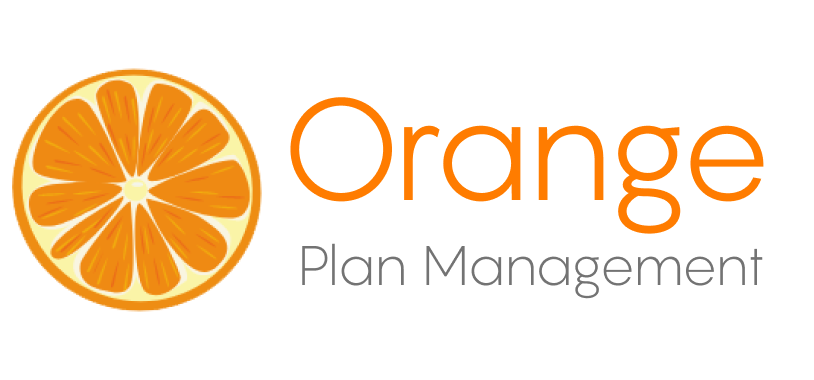
At the beginning of each Financial Year, the National Disability Insurance Agency (NDIA) releases the latest Price Guide for the National Disability Insurance Scheme (NDIS). The Price Guide outlines pricing arrangements and price limits for participants and providers within the NDIS. The purpose of this guide is to inform providers and participants about how price controls function and whether their funded supports and services are impacted by any pricing adjustments.
What is the NDIS Price Guide?
The NDIA puts together the Price Guide to help providers and participants understand the general pricing arrangements for NDIS-supported services. This is updated at the beginning of each Financial Year to reflect changes in the market and environment. Service providers are better able to understand pricing regulations for their offerings and participants can plan their budget accordingly.
The latest price guide at the time of this article was in effect from the 1st of January 2022.
Understanding the Pricing Arrangements and Price Limits
The full price guide includes a list of over 2,500 items and services that can be funded by the NDIS. The majority of items include a price limit detailing the maximum amount a participant can be charged for a service, which if applicable includes GST, however this price could potentially be negotiated for a lower price. These items fall into several categories and often have confusing descriptions, which can make it difficult to know the arrangements for your services. Categories within the Price Guide include:
Support Purpose
There are three support purposes that services are allocated to in the guide. These purposes are:
- Core: These are the essential services that allow participants to complete their basic daily activities.
- Capital: Covers more significant investments that assist with living, such as assistive technology and equipment.
- Capacity Building: More individual-focussed supports that help participants build their independence and work towards goals and skills.
Support Categories
Each of the three support purposes have subcategories, which help participants achieve their goals. Providers must bear in mind that any supports and services for NDIS participants must assist in the achievement of the individual goals outlined in their plans. There are 15 subcategories that these supports and services fall into, which can be found on page 12 of the NDIS Price Guide.
Line Items
For all services listed in the Price Guide, there is a corresponding line item. The line items inform the NDIS of which category in a participant’s plan will be used to pay for the service or support.
Stating the specific line item you are charging the NDIA can assist with the speed in which your claims are funded and paid, be it for Plan Managed or Self Managed participants. When submitting claims to the NDIA, a specific line item must be stated and you must meet all requirements to claim the code specified.
Adjustments in the Price Guide
The NDIS Price Guide is updated and re-released at the start of each financial year in accordance with environmental and economic impacts. With this comes changes within the Guide that may affect your NDIS budget. We have outlined some of the key adjustments from the 2021-2022 Price Guide below.
- NDIS Plan Duration. As of July 2021, the preferred duration for NDIS plans increased from 12 months to 24 months. Participants will have to take this into consideration when planning their budget under the scheme, allowing effective management of the funding over the two-year period.
- Disability Support Workers. A notable change in the plan reflects the increased minimum wage for disability support workers with an increased price limit for supports. Prices that fall under the Disability Support Worker Cost Model rose 2.95% in order to accommodate the increased minimum wage. This affects services, such as assistance with self-care activities, psychosocial recovery coaching, life transition planning, and individual skills development.
- Bricks and Mortar Supports. Supports that are related to Bricks and Mortar, such as Specialist Disability Accommodation, Medium Term Accommodation, and Centre Capital Cost have increased by 1.1%.
- Temporary Transformation Payments. The Temporary Transformation Payment (TTP) is a conditional pricing load that was introduced in 2019-2020 to help providers transition to the NDIA. As in accordance with the plan to eliminate the additional rate by 1.5% each year, the payment has reduced from 6% to 4.5%.
- Group-Based Supports. Based upon feedback from the sector and in response to the ongoing effects of COVID-19, the transitional pricing arrangements for Group-Based Supports have been extended. In June 2021, the NDIA agreed to extend the arrangement for an additional 12 months. This reduces administrative burdens associated with the new arrangements by allowing providers more time to adjust their supports programs and negotiate with participants.
How to Access The 2021-2022 NDIS Price Guide
The official NDIS website makes the full Price Guide available online for all providers and participants to view. To view the full comprehensive list, you can download and access the latest pricing and arrangements document from the NDIA website.
Plan Management Participants For NDIS Providers
Navigating the Price Guide can be difficult even after researching and searching. The NDIA or your Local Area Coordinator can also assist with any queries relating to the charging of your supports and services.
The team at Orange Plan Management may be able to assist with queries relating to which line items draw from which categories to help you quickly and correctly identify which category and line item your supports and services fall into.The team at Orange Plan Management works to ensure invoices for our participants are paid in an accurate and timely manner. Contact us today to learn more.

